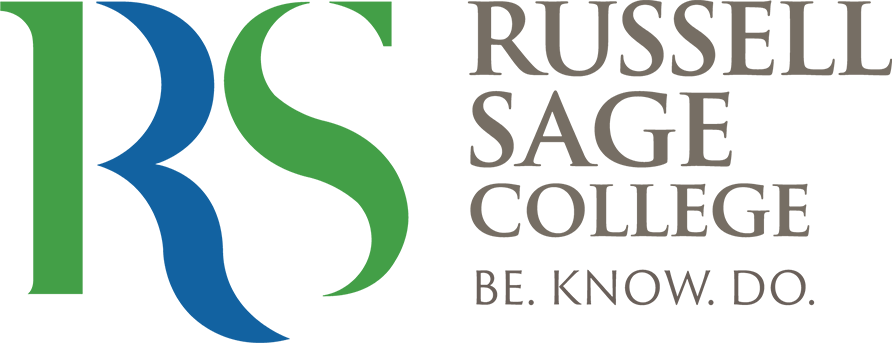About Dr. Katrin L. Ramsey
Katrin Ramsey, PT, DSc, CLT, CAPP-OB, teaches musculoskeletal system lecture classes and labs and mentors student research in Russell Sage College’s Doctor of Physical Therapy program. In addition to teaching, she runs Integral Physical Therapy, her private PT practice in Saratoga, New York.
Prior to joining Sage in 2019, Ramsey owned a private practice in Franklin Lakes, New Jersey, for 20 years and worked as a clinical supervisor at the Hospital for Special Surgery’s Paramus, New Jersey, site.
Below, she talks about how her clinical experience and interest in integrative health influence her teaching style and commitment to community service.
What attracted you to a career in Physical Therapy?
I was pre-med, and I had a summer job as a home health aide. I was on a case where a patient had a total hip replacement, and she was pretty much bedbound. In came a physical therapist who was like superwoman, and I watched over three weeks as she got this woman out of bed, got this woman walking out of the house and into the community, and I decided that’s what I wanted to do.
I came to teaching late. I mostly spent my career in an outpatient private practice that I owned in northern New Jersey for 22 years. I sold that and went to work for the Hospital for Special Surgery, which was great because HSS is the gold standard metric for rehabilitation clinical care excellence. I helped them set up their first outpatient physical therapy clinic in New Jersey.
I’ve always wanted to be a teacher. I was a clinical instructor as a practicing PT and I was out in the community performing in-services [educational sessions that professionals present for colleagues]. I kept trying to get my foot into academia but I found my private practice responsibilities kept pulling me back. When my husband and I moved to this area, I found an academic opportunity at Sage.
How does your previous experience complement your work at Sage?
Part of being a physical therapist is being a teacher, determining how to establish the relationship with the patient, and how to tap into the patient’s goals, and then how to communicate well with the patient, and educate the patient.
When I was at the Hospital for Special Surgery, I was accepted to the Leadership Program in Integrative Healthcare at Duke University.
My cohort at Duke was composed of 26 physicians, one nurse, and I was the only physical therapist. That experience set me up very well to contribute to Thrive @ Russell Sage, as well as with local organizations that support underserved populations.
That vision of community service from the Duke Leadership program influenced me. I’m always thinking about that, and I’m always thinking about how to facilitate leadership qualities in my students.
Am I a teacher of orthopedics? Yes. But I’m also trying to teach the more of social consciousness.
Tell us more about your interest in integrative medicine.
I have a small practice in Saratoga. Part of the practice is orthopedics, and part is my integrative medicine skills which involves reiki, reflexology, and yoga.
I don’t think you can heal somebody unless you can help them tap into their parasympathetic nervous system [responsible for the relaxation response]. We’re all — since the pandemic — unfortunately residing more in the sympathetic nervous system.
Tell us about the community service and service-learning projects you’ve spearheaded while teaching.
I received two grants from the Louis and Hortense Rubin Community Fellows Program.
The first was with a colleague from the Occupational Therapy department, to offer telehealth yoga classes and mentoring sessions for moms in the Commission on Economic Opportunity’s Babies in Waiting program.
Then last year, I led the PT department’s involvement in a Rubin grant-supported project. We organized the big Lansingburgh “Knight Health Quest” [in honor of the school’s mascot] for families of children in Lansingburgh schools. We had over 120 elementary and middle school students. We organized physical activities, and we were fortunate to have the RSC Nutrition department teach participant families about healthy nutrition and hydration. It was a great day to promote fitness and well-being.
We also did a health fair for The Joy of Troy, a local church, with blood pressure readings and education about anatomy and bones, educational games for kids, and of course yoga practice. Additionally, thanks to the generosity of the Rubin foundation, we were able to contribute much-needed school supplies to their backpack drive for school children.
More than 50 compassionate and enthusiastic Sage Physical Therapy students were involved in the health fairs.
This year, Joy of Troy asked me if we would be part of their Tuesdays with the Doctor series. These are online presentations by health care professionals that the church hosts on the last Tuesday of every month.
And so I just incorporated the community outreach into our Musculoskeletal Systems II curriculum. Our students presented on breathwork for stress reduction, exercises for shoulder strength, and addressing neck discomfort.
I teach second-year physical therapy students. The second year is the toughest academic year. In the third year they’re out in the clinic, they’re applying knowledge. Second year requires that our students synthesize a vast amount of knowledge. It’s very rigorous — as it should be as physical therapy practice today is challenging!
I found that having an opportunity to be engaged in the community or provide your expertise to help somebody else, it’s a wonderful thing for the students. It shows them that they know more than they think they know. It gives them confidence, and then it gives them experience with active listening and communication.
It also sets them up for clinicals, because often, as a student, you’ll have to do an “in-service” educational presentation for your colleagues.
What are you excited about for the spring 2024 semester?
Last year, I worked with students and a colleague on a research project titled “The Physical Effects of Gender-Affirming Hormone Therapy: Implications for the Physical Therapist.”
We presented at the New York convention, and we’re presenting at the Combined Sections Meeting in Boston in February 2024. It’s pretty unique for students to have an opportunity to present their research findings at CSM, as it’s not that easy to get a poster or a platform presentation accepted. It’s a great opportunity for students to network. In my opinion, the best and most dedicated therapists go to CSM. They have the most wonderful speakers. It’s also a great opportunity for me to introduce RSC students to some key contacts.
I’m also looking forward to working with the Office of Service Learning and an interdisciplinary team of colleagues and students on a big community outreach and social justice program. Service Learning just received a grant for that and our team of interdisciplinary colleagues will share more about this project soon!
Is there anything you would like to add?
I particularly appreciate the opportunity to work at Russell Sage College because of the special impacts we as an institution provide for our students, like social mobility.
We often have first-generation graduate students, and to see them mature and develop is the most rewarding thing. The students here really deserve the best professors and the best education, and it’s very meaningful and humbling to teach them.
If I teach 200 students, those 200 students will go out and heal thousands and thousands of patients. That’s my incentive to keep teaching at the best of my ability level, to be the pebble in the pond that has a positive ripple effect. I am confident they will go out and be amazing, compassionate clinicians that don’t just earn a paycheck but meaningfully give back to society. And though we will soon part after they successfully graduate and pass their boards, our work together will continue for decades to come.


